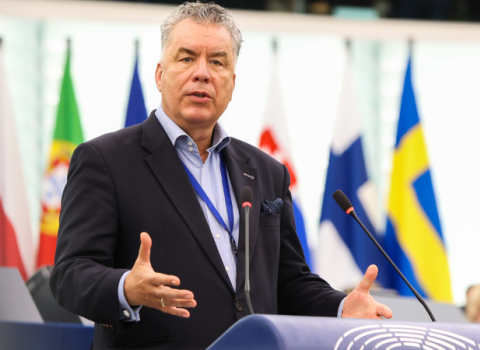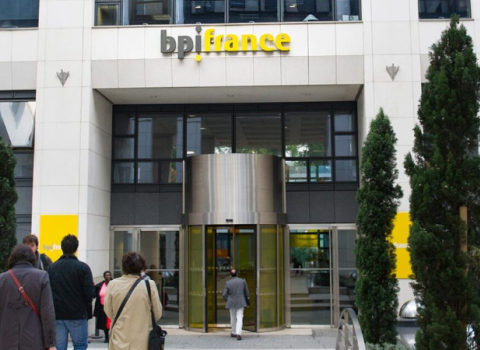The European Commission wants renewables to account for 27 per cent of gross final energy consumption across the European Union by 2030. Indeed, by 2050 Europe hopes to have an essentially decarbonized electricity system. Yet realizing these ambitious goals is proving to be difficult—and not just because of the potential for variable renewable sources such as wind and solar to challenge electricity networks.
In fact, says Mark O’Malley, professor of electrical engineering at University College Dublin, and founder and director of Ireland’s Electricity Research Centre, we already have the technologies to resolve the dilemma. What is holding things up is an inadequate understanding of how markets, policies and regulations influence the technologies and energy system infrastructures necessary to integrate renewables into European grids.
“Better integration is key,” he says, “but we need very careful market design and a systems approach, not just knee-jerk reactions”.
No Bible
An expert in grid integration of renewable energy, and a member of the European Academies of Science Advisory Council Energy Steering Panel and European Commission’s Energy Advisory Group for Horizon 2020, O’Malley believes “there’s a need for overall, objective analysis”. Right now, he points out, “there’s no single credible source of information: no Bible”.
Meanwhile, he reckons that Europe, despite its leadership role in integrating wind and solar photovoltaic power, may have much to learn from the experience of the US. In particular, US market design and some of the objective analysis in the recent US Renewable Energy Futures Study is a good example. This is just the sort of overall, objective analysis that Europe needs, in O’Malley’s view.
For example, Europe may be underestimating how flexible its energy systems already are—and thus overestimating the need for additional flexible units, the cost of which, he believes, may not be justified.
Thanks to the interconnectivity of their energy system, the Danes, for example, can manage variable energy supply from renewables. While Ireland’s gas-fired power plants, and a combination of gas and hydro in Spain offer the flexibility necessary to integrate higher volumes of wind and solar power successfully.
Regional differences lead to different solutions. What matters is identifying the most economic solutions, which are revealed by proper market design and system thinking. For example, demand-side management may be an over-rated tool, in O’Malley’s view. “Unless you can couple heat and electricity, which would create real volume, as the Danes are in the process of doing, the synergies are just too small”, he says. And he also questions the economics of energy storage in comparison with alternative approaches.
Better integration
There is, O’Malley acknowledges, an urgent need for better integration across Europe. But the real challenge is institutional, rather than technical. Take Europe’s complex network of energy subsidies and tariffs. “That distorts everything, and it’s a very difficult one to unpick”, he says.
Because the value of energy in different places will differ at different times, locational marginal pricing will be critical to the successful functioning of a pan-European system incorporating renewables, in O’Malley’s view. But it’s a political hot potato at the national level.
In Germany, for example, renewables are a central plank of the Energiewende (or energy turnaround). Yet “every now and again, when too much is being generated, wind and solar should be turned off [or curtailed],” O’Malley observes. “Locational pricing would make curtailment transparent”—a tough sell to the German electorate, which has endorsed a massive subsidy program in favor of renewables.
Successful integration also will require developments at all scales. At the transmission level, for example, there is a need for a large transmission development to help balance across national borders. And where this is not feasible or economic, balancing on the distribution grid is necessary. It is not one or the other – it is a matter of coordination between the two. Right now, “there is a tendency to have transmission and distribution in separate boxes”—a symptom of just how far Europe has still to go before a systems approach to integrating renewables becomes reality.
Energy Systems Integration Research
There has been some progress, as O’Malley acknowledges. The forthcoming integrated roadmap of Europe’s Strategic Energy Technology (SET) plan, which is designed to accelerate the development and deployment of cost-effective low carbon technologies, will have an energy systems integration (ESI) emphasis —as recommended by the European Academies Science Advisory Council (EASAC). That new approach can trigger significant potential savings in infrastructure build and operational efficiencies, resulting in consumer benefits and European competitiveness.
In addition, he says, Europe should take on board the more free-market approach that prevails in the US, which has instituted locational energy pricing across multiple states and multiple ownership models. “It’s good to trade,” he observes, “let’s get on with it.





 A unique international forum for public research organisations and companies to connect their external engagement with strategic interests around their R&D system.
A unique international forum for public research organisations and companies to connect their external engagement with strategic interests around their R&D system.